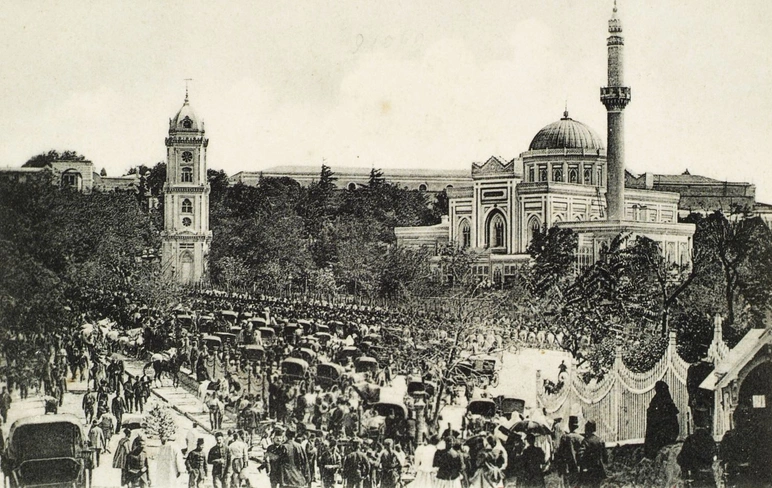Byzantine, Ottoman, Republic! How Was Istanbul Governed?
Turkey is holding its breath for local elections. Excitement is at its peak in Istanbul, which is witnessing a contentious race. Having ruled the world as the capital of two great empires, it is also a matter of curiosity how the city administration is run in Istanbul.

In 324, the Eastern Roman Emperor Constantine I decided to establish a new imperial capital on the site of the ancient city of Byzantion. Consecrated on May 11, 330, Constantinople became the capital of a great empire spanning three continents. Conquered by the Turks more than a thousand years later, the city maintained its position as the capital of three continents for another 600 years. Although Istanbul lost its status as the administrative capital with the Republic, it is recognized by the whole world as the economic and cultural capital of Turkey. In Istanbul, which is currently witnessing a contentious local election process, it has been a matter of curiosity how city services have been carried out since the 4th century.

In Byzantium, Istanbul was governed by a city governor called ‘praefectus urbium’.
MUNICIPAL COUNCIL IN BYZANTIUM
In Byzantium, the empire had established city governors called ‘praefectus praetori’ and municipal councils called ‘boulai’ to administer cities. The main governing body of the city was the municipal councils. These assemblies were usually composed of local nobles and representatives of the city’s population. The duties of the municipal councils included making laws and managing the city budget.
PATRIARCHATE HAD AN IMPACT
Although Istanbul’s city services were administratively similar to those of other Byzantine cities, they were more centralized as it was the capital of the empire. Istanbul was administered by a city governor called praefectus urbium, a municipal council, military officials and religious leaders. Since Constantinople was the seat of the Patriarchate, the religious center of the Byzantine Empire, the church played an important role in the social and cultural life of the city.

The multicultural structure of the Ottoman Empire was reflected in the city administration.
MULTICULTURAL STRUCTURE IN OTTOMAN TURKEY
In the Ottoman Empire, city governance was under centralized authority, just like in Byzantium, but the Ottomans attached more importance to the participation of the people in local governance. On the other hand, since Ottoman cities were home to different cultural, ethnic and religious groups, this was reflected in the city administration. Foundations, artisan guilds, educators called ‘muderris’ and guards were included in units called ‘Meclis-i Şehir’.
CITY ADMINISTRATION IN ISTANBUL
Since Istanbul was the capital, as in Byzantium, the city administration was organized in accordance with this position. At the top was the ‘Sanjak Beyi’ as the representative of the Sultan. Kadıasker was responsible for judicial affairs in Istanbul. Subaşıs constituted the police organization of the city. The City Council, which was the Şehremaneti, was the local government body where the problems of the city were discussed. The Assembly included merchants and representatives of the public. Artisan guilds and craftsmen also appointed their own representatives and sent them to these assemblies.

Istanbul expanded continuously after the city plan of 1933.
FIRST CITY PLAN IN 1933
In 1923-1924, Haydar Bey was the first Istanbul City Mayor of the Republic. A zoning commission was established in the city administration and the city’s zoning activities were managed from here. A comprehensive urban planning practice in Istanbul was carried out for the first time by the French urban planner Henry Prost, who won an international urban planning competition in 1933. In 1936, the Istanbul Master Plan was prepared with the contract signed between the Istanbul Municipality and Henri Prost.
MINTIKA FOR DISTRICTS
In the Ten-Year Plan covering the period 1943-1953, a zoning plan called “District Plan” was drawn up. Henri Prost also carried out the planning of Istanbul during Dr. Lütfi Kırdar’s term as governor and mayor. During the single-party period, the powers of governorship and mayorship were concentrated in one hand. On April 1, 1958, the Istanbul Zoning Planning Directorate began planning the Istanbul Metropolitan Area and divided the city into Istanbul, Beyoğlu, Anatolian side and Bosphorus regions. As migration accelerated from the 1960s onwards, new districts of Istanbul began to form.






